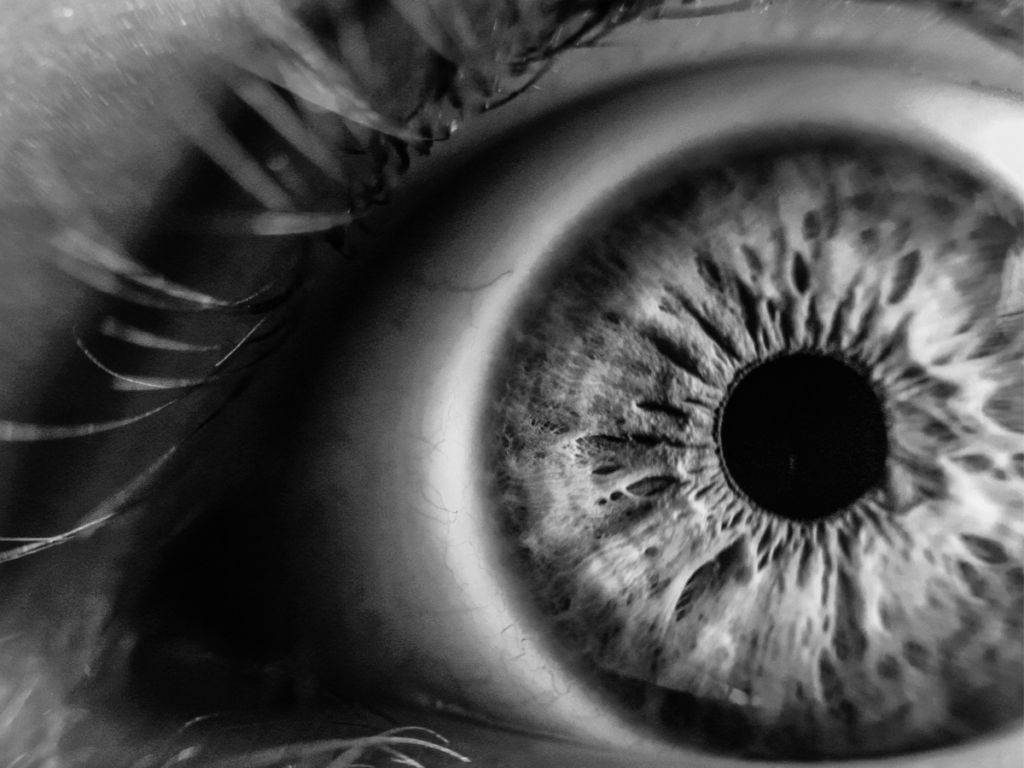 Misusing opioids can lead to noticeably profound physical changes. What are opioids? Opioids are synthetically mass-produced, although they stem from the natural poppy plant. Opioid eyes are a result of drug abuse and cause the pupils to constrict. As well as constricted pupils, there are other signs of opioid abuse that determine if someone has an addiction.
Misusing opioids can lead to noticeably profound physical changes. What are opioids? Opioids are synthetically mass-produced, although they stem from the natural poppy plant. Opioid eyes are a result of drug abuse and cause the pupils to constrict. As well as constricted pupils, there are other signs of opioid abuse that determine if someone has an addiction.
Eyes on Opioids
How does opioid use affect the eyes? The pupils will change in size depending on numerous factors like light, headaches, and certain medications. Pupillary constriction, or miosis, is a response to opioid use. The entire nervous system is altered after use, including a person’s central nervous system (CNS). This happens because the drug attaches itself to opioid receptors in the brain. The autonomic nervous system, an involuntary controlled process in the body that stimulates bodily functions, is affected as the pupil constricts rather than dilates. Constricting means making smaller or shrinking in size. Opioid eyes look like shrunken pupils, irregular eye movements, droopiness, or a saggy appearance of the eyes. Eyes on heroin or “heroin eyes” is another common term that people and professionals will mention when speaking about someone with an opioid or heroin addiction. Heroin is a type of opioid used to reduce and treat pain. Many people assume heroin makes your pupils dilate, but miosis occurs after using or misusing the drug. Heroin detox and proper treatment are advised immediately after signs of addiction are experienced or displayed.
Other Physical Signs of Opioid Use
Opioid eyes are a sign to note and be aware of, especially if you think a loved one or friend is missing certain opioids or opiates. However, other signs of misuse include weight loss or weight gain due to an increase or decrease in appetite. Here are more signs that present themselves through opioid abuse:
- Constipation
- Blurred vision
- Risky behavior
- Vomiting or nausea
- Flushed, itchy skin
- Emotional instability
- Dramatic mood swings
- Slow or irregular breathing
- Sleeping troubles like insomnia
To avoid long-term health effects, a person should seek an opioid detox with the help of medical professionals. Long-term risks include vein damage, depression, and liver damage. Plus, the chance of a potential overdose increases after every use, especially after building a tolerance to the drug. Other opioid physical effects include sexual dysfunction, mainly in men, and irregular menstrual cycles for women. Constipation is a regularly mentioned side effect, along with irregular sleeping patterns. Opioid withdrawal symptoms are also a serious concern which is why people tend to need experienced medical assistance. Opioid withdrawal symptoms include:
- Fever
- Vomiting
- Excessive sweating
- Opioid eyes or teary eyes
- Upset stomach or nausea
- Severe muscle and bone pain
- Involuntary leg movements or spasms
During the withdrawal process, depression or anxiety is common. An addict’s cravings will cause emotional instability and dramatic behavioral changes. A successful detox rehab center is a fantastic approach to safely go through the withdrawal process.
Addiction Care at Evoke Wellness at Miramar
At our easy detox rehab, we offer special programs like our family program and our sober support groups to ensure support and proper guidance throughout the recovery process. Our experienced medical staff understands the importance of achieving your recovery goals by following a treatment plan that best fits you and your needs. If you or a loved one is struggling with addiction, take action now. Please, don’t hesitate to contact Evoke Wellness at 833-819-6066 and ask about our residential rehab to get started on the path to recovery today! Related Readings: Where Does Opium Come From?Opiate vs. Opioid: What’s the Difference?


